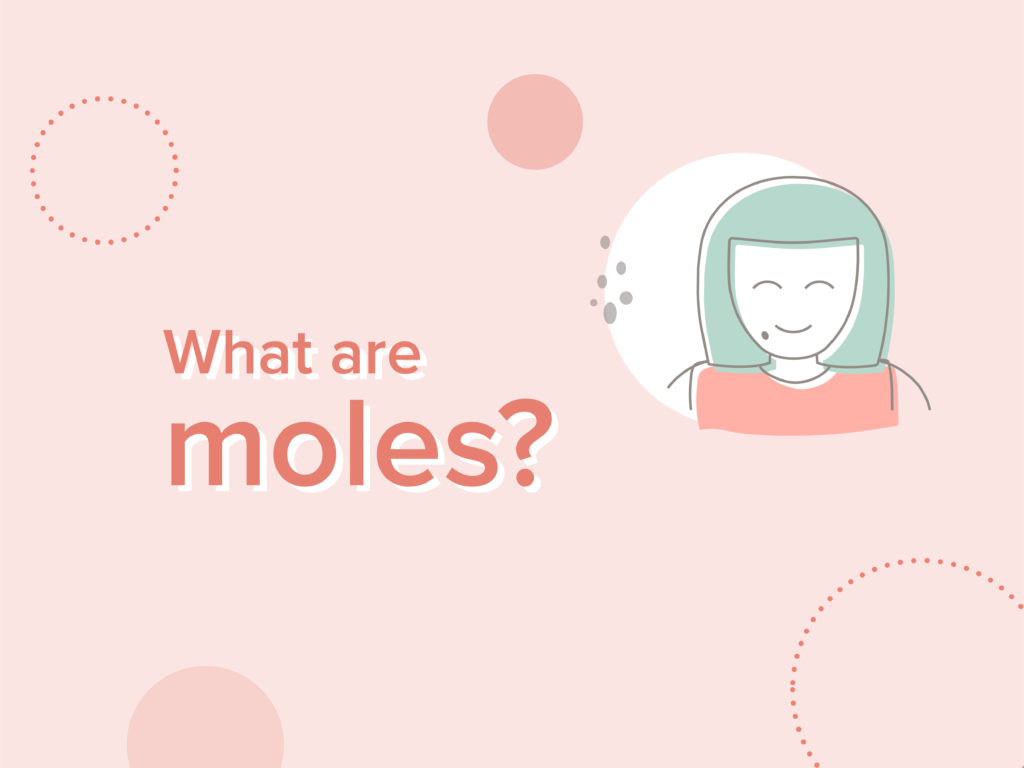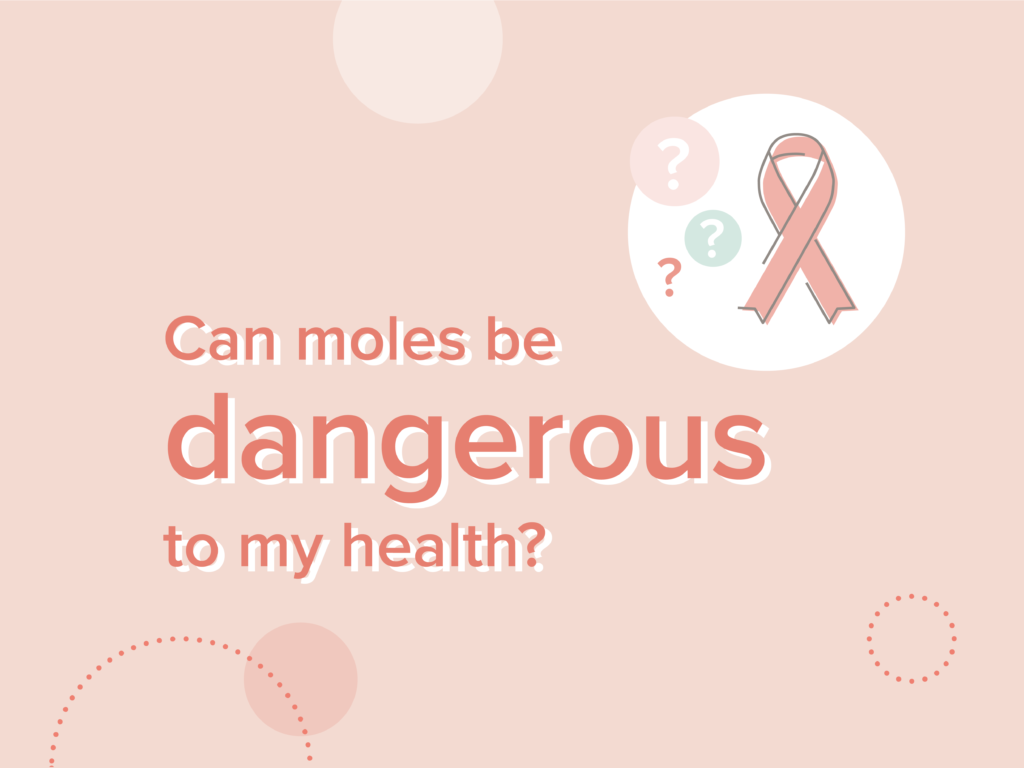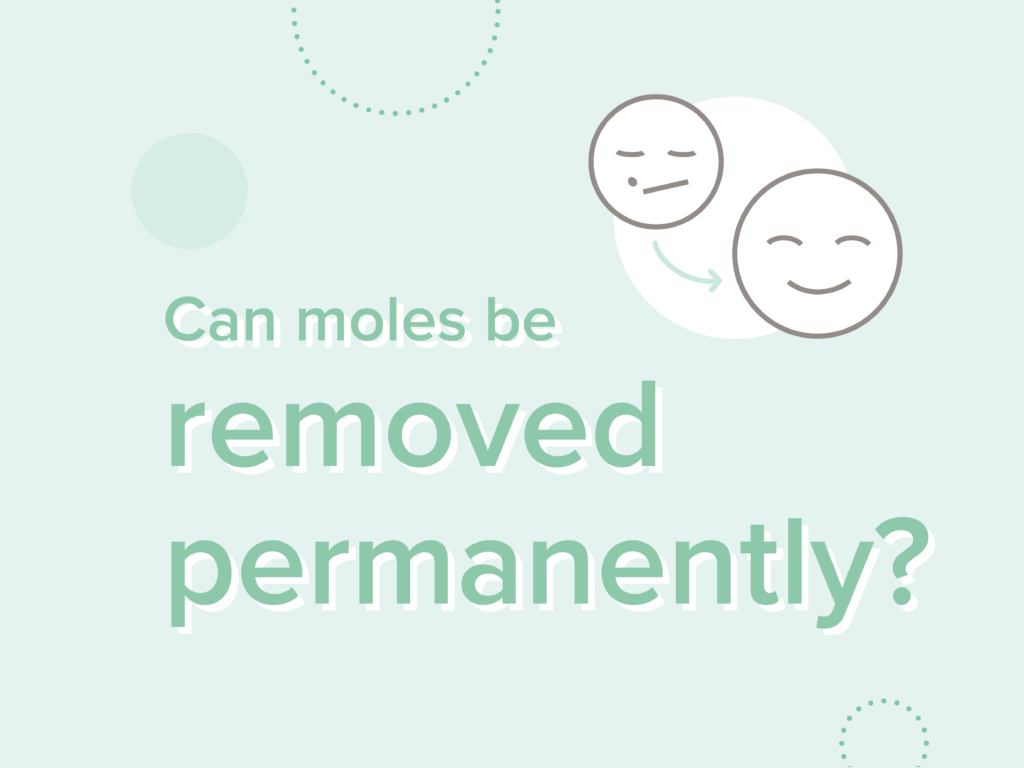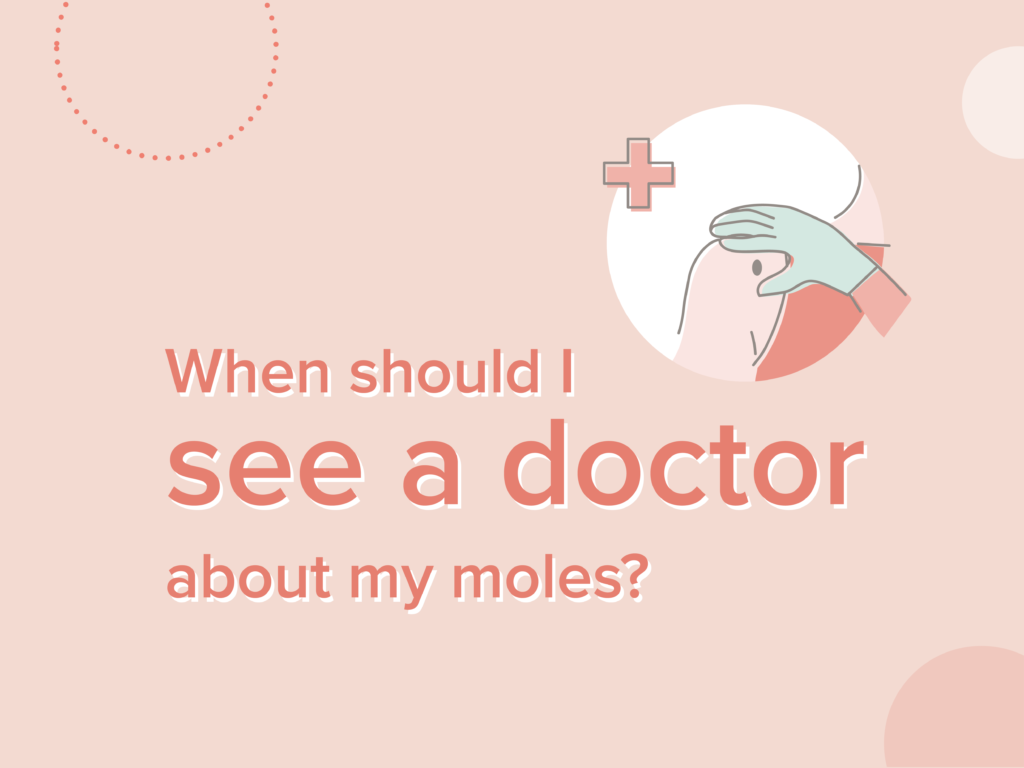Often people confuse freckles with moles since they can be found on the scalp, around the eyes, genitalia, nails, palms, and soles of the feet, among other places. The main difference is that moles can be slightly raised whereas freckles are essentially flat, but do you know what moles on the body could mean?

Moles are basically little spots that appear on the skin. They develop when the cells that create pigment (melanocytes) proliferate in clumps and are typically rounded or oval in appearance. They are normally black or brown in colour, but owing to exposure to sunlight or pregnancy, they may become darker throughout the course of your lifetime. Nevi is the medical name for a mole.

There are four types of moles:
- Congenital moles: These are present from birth. Small or big congenital moles can develop on the skin and are normal.
- Dysplastic moles: When a mole is big in size, has irregular edges, or an uneven surface, it is termed abnormal. They may get discoloured or enlarge with time. This kind can develop into melanoma.
- Acquired moles: These moles develop after birth. It is common and does not necessarily indicate that it is malignant but you might be more susceptible to melanoma if you have many.
- Spitz moles: These are often pink, elevated, and dome-shaped. They may have hues of red, black, and brown. This kind could bleed or release pus and are malignant.

Understanding when your moles can be an indication of skin cancer can assist identify the disease’s early stages. It is crucial to note:
- Asymmetry: If your mole is not symmetrical.
- Borders: Moles with jagged borders may be malignant.
- Colour: Noncancerous moles are often light or dark brown in colour.
- Diameter: Benign moles often have a diameter of less than one millimeter. A bigger mole may indicate the presence of melanoma.
- Evolving: Schedule a consultation with your dermatologist if the size or colour of your mole changes.

Due to their size and position, some moles may be uncomfortable. Others could require removal at the doctor’s direction because of melanoma concerns. Never attempt to remove a mole on your own at home. A skin mole may be surgically taken out by a doctor, or it may be removed simply by shaving.

The best method to spot melanoma early indicators is to get a professional skin cancer test performed once a year buy a dermatologist. A doctor should be seen if there are any changes that include any fresh, expanding moles, one that unexpectedly alters in size or shape and incredibly itchy or bleeding moles.
Our experts work round the clock to provide you with the answers that you are looking for. If you have any, leave it in the comment section below or send us a DM at @nuawoman. This is a safe space so don’t hold back on any doubts you may have about your body, skin and mind.
Read our other Community Asks here. Read all of Dr. Pavitra Patel’s articles here.








